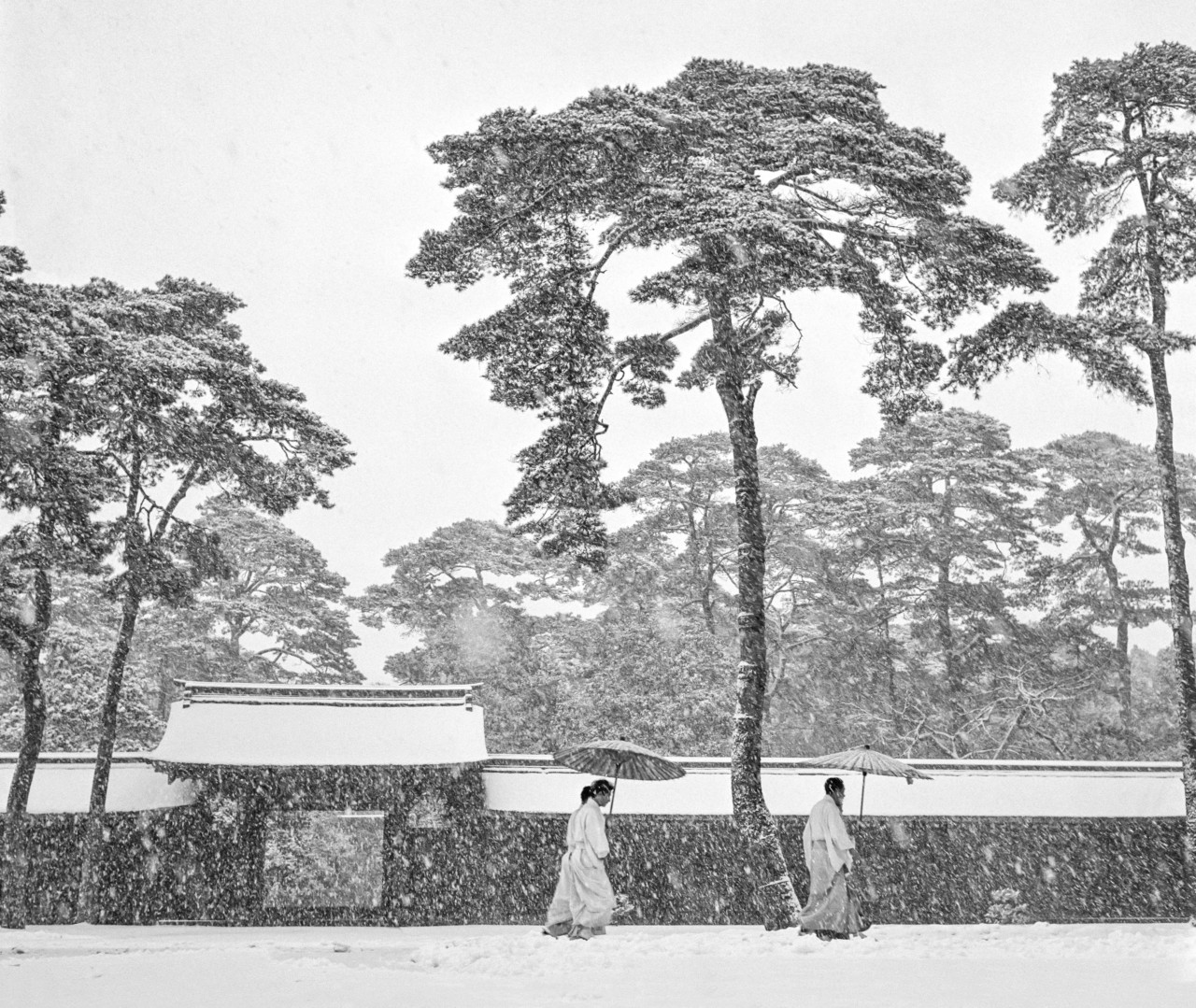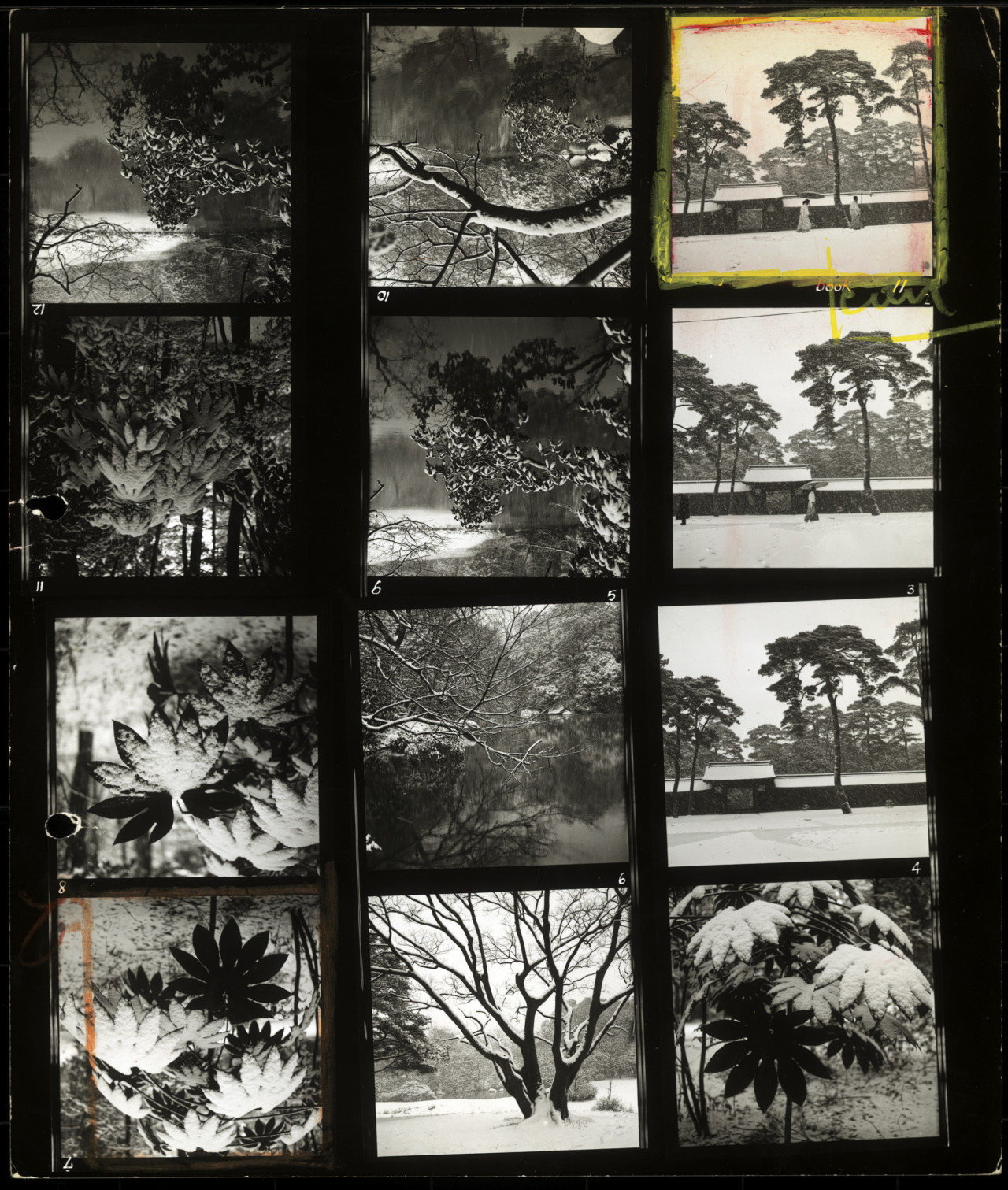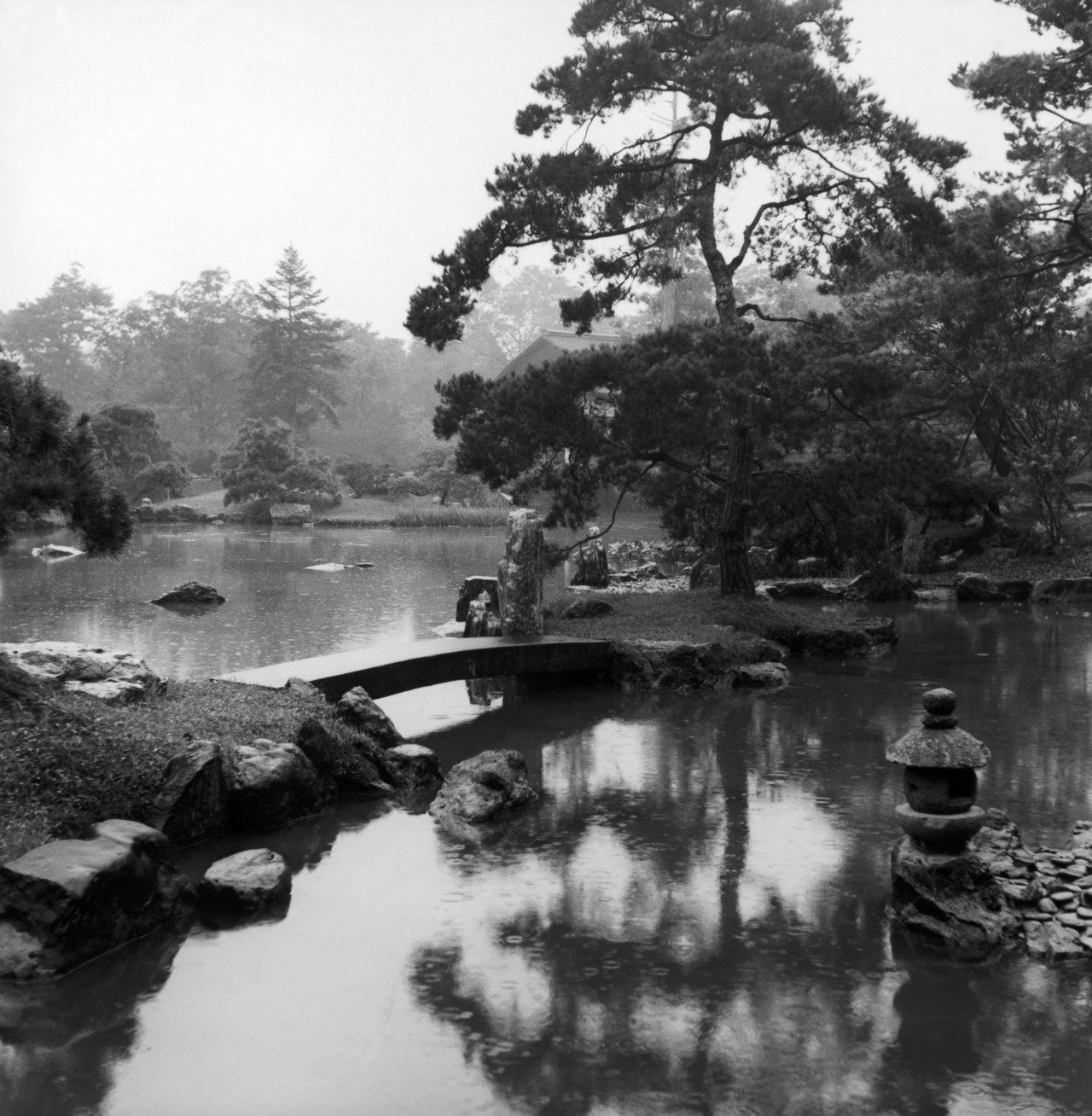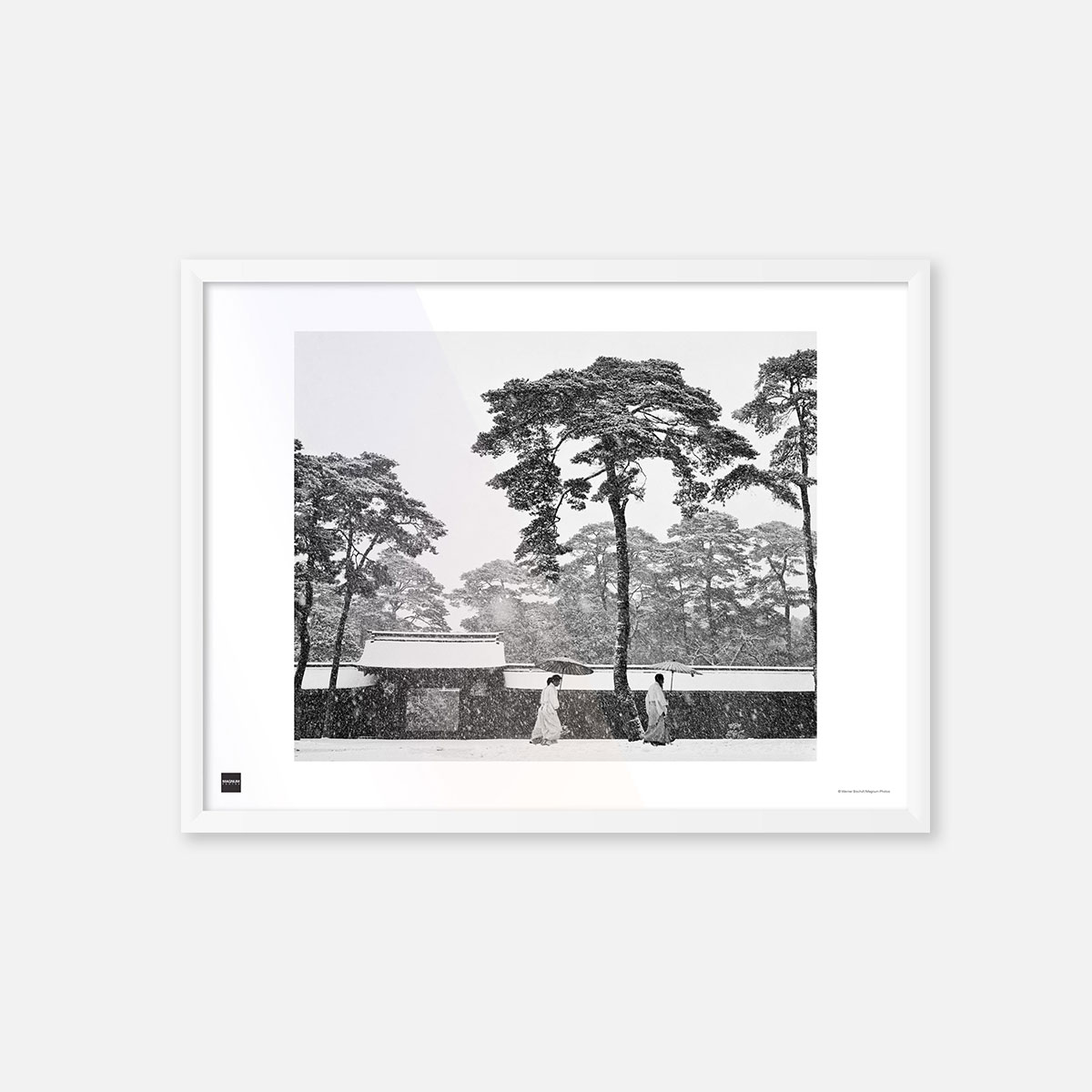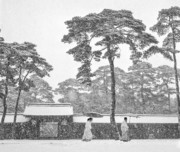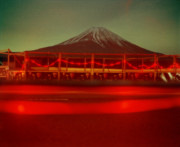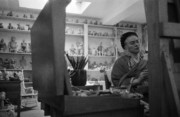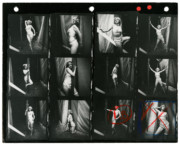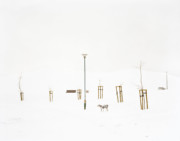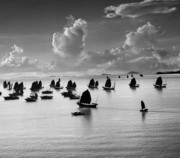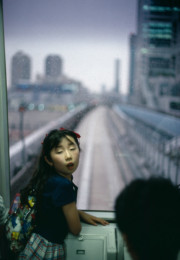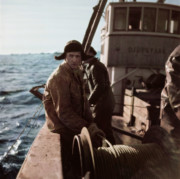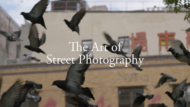Making the Image: Werner Bischof’s Snow-Draped Meiji Shrine
In a letter to his wife, Rosellina, Bischof describes 'exquisite' trees and their 'shapes of breathtaking beauty'
“Unique to each photographer’s approach, the contact is a record of how an image was constructed,” writes Kristen Lubben in the introduction to the book Magnum Contact Sheets, first published in 2011 by Thames & Hudson. “Was it a set-up, or a serendipitous encounter? Did the photographer notice a scene with potential and diligently work it through to arrive at a successful image, or was the fabled ‘decisive moment’ at play? The contact sheet, now rendered obsolete by digital photography, embodies much of the appeal of photography itself: the sense of time unfolding, a durable trace of movement through space, an apparent authentication of photography’s claims to transparent representation of reality.”
Having documented the devastation wrought by World War II, Swiss photographer Werner Bischof joined Magnum in 1949, along with its founder members. Bischof was assigned to photograph the war in Korea. His journey there took him through Japan, which had been a destination for American servicemen, who were given leave in the country for ‘rest and recuperation’. Bischof completed his assignment in Korea, but it was Japan that won his heart. There he stayed for almost a year.
Together with his wife Rosellina, he discovered a Japan of beauty and purity, of design and ritual, possibly reminded him of his early studio days studying under Hans Finsler at Zurich’s School for Arts and Crafts. Here, as he had previously done in India, he pursued a theme that has lost nothing of its topicality: the intrusion of Western values and symbols into ancient cultural traditions.
Below is the entry from the book, Magnum Contact Sheets, about Bischof’s famous image of snow-draped trees in the garden of the Meiji shrine in Tokyo.
“On September 17, 1951, while he was in Tokyo, Werner Bischof wrote a letter to his wife Rosellina, telling her: ‘The trees are quite exquisite in Japan. You know the poems that tell of the wind blowing through the trees and the leaves. In the centre of the capital, with its ever-increasing bustle, I have discovered some tree shapes of breathtaking beauty, and have drawn them for you. I cannot believe that these people will ever stop venerating nature, that a time will come when they no longer shelter trees and flowers in their houses as symbols of what is noble and pure…’
“Rosellina joined Bischof in Japan for three months. During that time, he took the photograph of the Shinto priests in the garden of the Meiji shrine in Tokyo. The story goes that he suddenly ran off and followed the priests. When he returned, he told Rosellina: ‘Now I have the picture of Japan!’ He realized the importance of his photograph immediately. It is also possible that he had in mind the famous screen painted by Master Hasegawa Tōhaku with a depiction of pine trees.”


